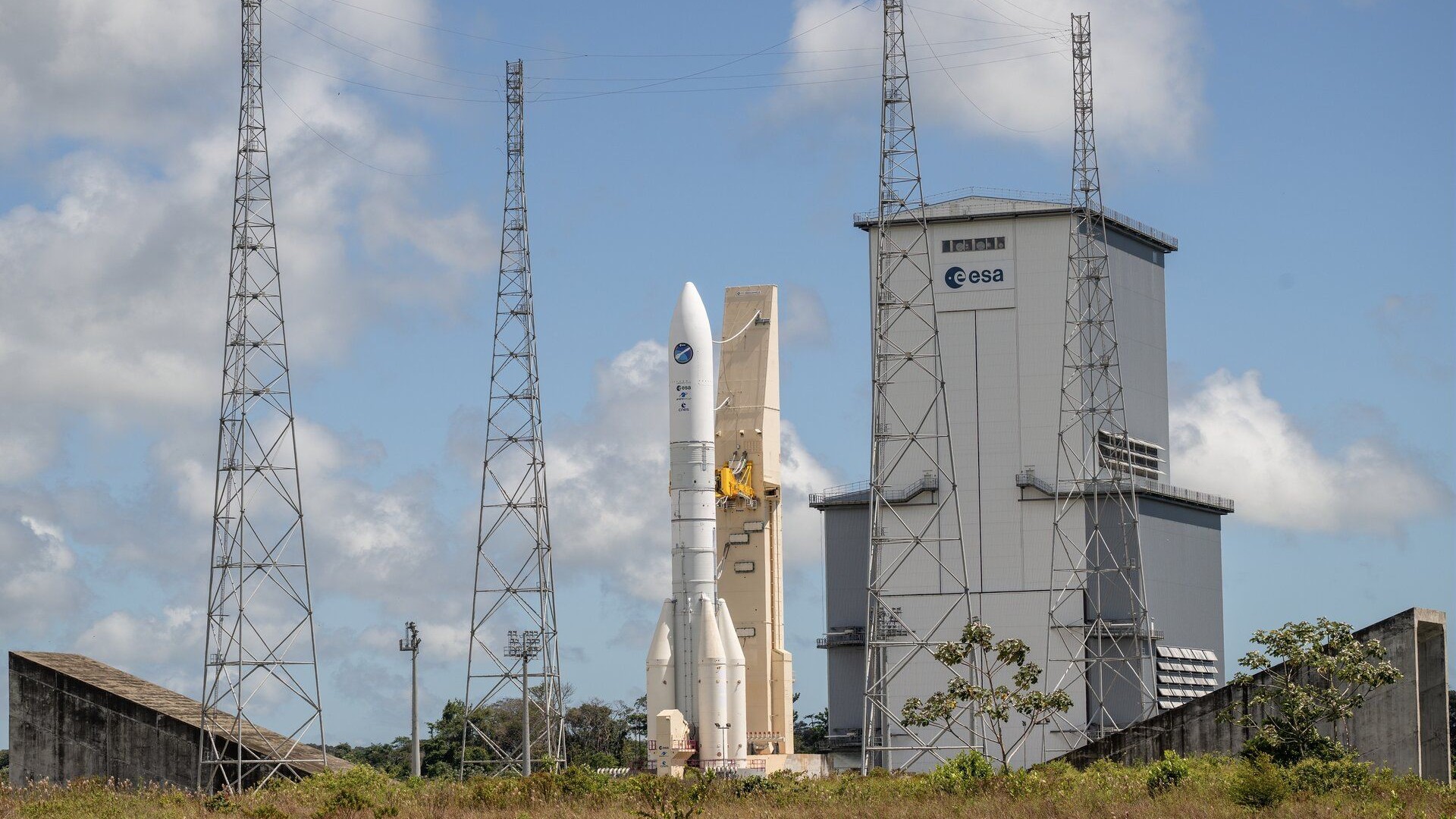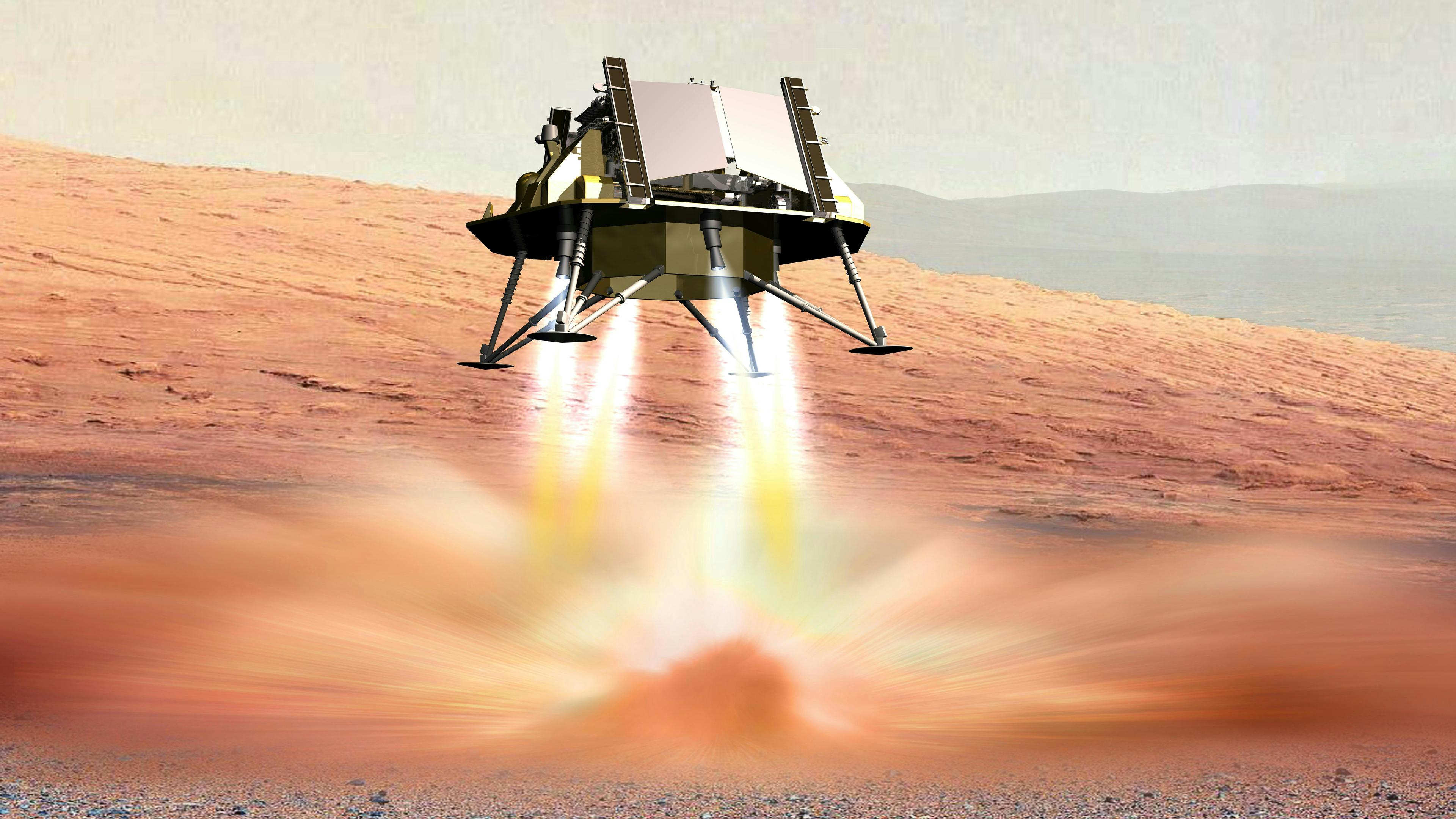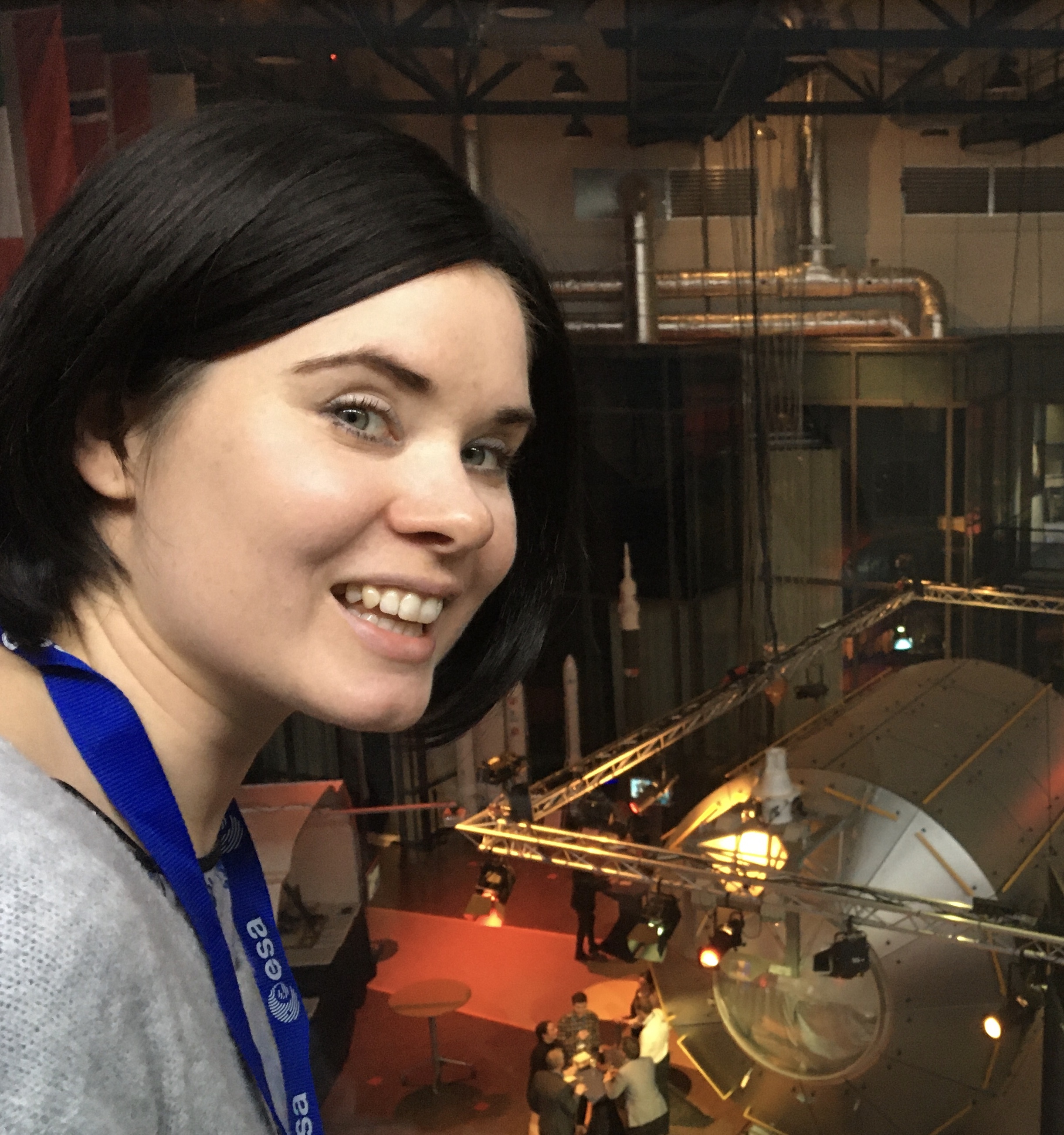NASA budget cuts threaten Europe's already troubled flagship Mars rover
NASA was to supply some critical technologies for the mission, which Europe may not be able to readily replace.

Cuts to NASA's budget proposed by President Donald Trump would likely cause further delays to Europe's ExoMars rover mission, due to the fact that some critical technologies currently unavailable in Europe were to be provided by the American space agency.
When Europe began planning for its first rover to land on Mars in the early 2000s, NASA was its partner of choice. Somehow, that alliance proved troubled. NASA withdrew from the ExoMars project in 2012 after the Obama administration eliminated its funding for the mission. Russia's space agency Roscosmos stepped in, committing to provide a rocket, a landing module and a few other bits and pieces.
After several delays and budget overruns, the project was finally on schedule to launch in September 2022. But Russia's invasion of Ukraine meant that cooperation had to end. NASA stepped back in 2024, offering to help ESA make it to the launch pad by 2028. The Trump budget cuts now mean Europe may have to go it alone, possibly facing further delays.
NASA was to provide a launcher, a propulsion system to slow down the ExoMars landing module during its descent, and radioisotope heaters to keep the rover warm in the cold Martian night. Europe doesn't have fully developed replacements for either of these technologies, however, and insiders think it may not be able to get them ready for the 2028 launch window.
ESA refused to comment on the situation, but sources familiar with the development told Space.com that although technical capabilities to replace the missing elements exist in Europe, the "launch clock is ticking" and a delay beyond 2030 would be likely. That could result in further complications as some aspects of the mission might have to change as the alignment between Earth and Mars that takes place about every two years doesn't always occur at the same distance.
"If there is a delay which means missing the 2028 launch window, a concern is that the approach and entry, descent and landing requirements for a 2031 launch and its selected landing site will be different," one source said. "So, a delay by about 26 months might not immediately solve the mission's problems."
The ExoMars rover, named Rosalind Franklin after a British chemist who studied the structure of DNA, has a unique scientific proposition. It carries a 6-foot (2-meter) drill, which can access soil layers much deeper below the Martian surface than NASA's prolific sample-collector Perseverance can. Because Mars only has a very thin atmosphere, its surface is constantly battered with radiation from the sun, which would have most likely destroyed any living organisms a long time ago. If any life has ever been on Mars, it (or traces of it) would have more likely survived deeper below the planet's surface.
Breaking space news, the latest updates on rocket launches, skywatching events and more!
Europe conceived the mission in 2003, initially eyeing a 2011 launch window. The work of an entire generation of scientists now hangs in balance once again, having barely recovered from the fallout of the Ukraine invasion.
"Rosalind Franklin has been a roller coaster ride all the time since 2003 and it's still a roller coaster at the moment," Andrew Coates, a professor of physics at University College London, told Space.com "But we're hoping that it will get to its destination."
Coates led the team that designed and built the multi-spectral stereoscopic panoramic camera on top of the Rosalind Franklin rover's mast, which should help the rover determine the best spots to drill for traces of life. The instrument has been mostly ready for a 2018 launch date and has ever since been sitting together with the rover in a clean room of the lead contractor Thales Alenia Space, waiting to launch.
If NASA ends up pulling out of the mission (which may still change as the U.S. Congress might not support the administration's budget choices), ESA will be scrimping to find a few hundred million dollars to develop the missing technologies and get the aging rover to the red planet.
In November 2022, the council of ESA member states allocated 360 million euros ($417 million) to the stranded ExoMars mission. Earlier this year, 150 million euros went to Airbus to build a new landing platform.
Europe currently doesn't have a rocket capable of sending a spacecraft to Mars, although two sources told Space.com that the more powerful version of Ariane 6 could be capable of that, even though it might require some tweaks to accommodate the payload. Ariane 6 has so far launched twice, both times in its less powerful two-booster configuration.
Arianespace, which operates the rocket, has not responded to Space.com's request for comment.

One source told Space.com that while ESA has begun looking into the development of throttleable retrorockets and radioisotope heater units, neither of these projects is currently on track to produce flight-ready hardware within the needed timescale.
Many in the European Mars science community keep hoping that the U.S. Congress, which will ultimately decide about the NASA budget, thwarts the cuts.
"I still believe we will be drilling on Mars before I retire, and I am not 25 anymore," another source told Space.com.
Coates told Space.com that NASA's investment into ExoMars is "very small compared to the scientific return" the mission promises and that the mission still has an undisputed value despite the technology becoming somewhat outdated.
"No other agency is actually thinking of doing this," Coates told Space.com, adding that ExoMars "can still make the most important discovery ever" — that is, to answer the question whether we are alone in the solar system.

While the U.S. Congress is expected to debate Trump's proposed NASA budget for months, ESA member states representatives are set to meet in November this year in Bremen, Germany, with ExoMars likely top of the agenda.
In the meantime, the rover is getting periodic checks in Thales Alenia Space's facility in Turin, while its engineering model is being taken out for regular outings in the adjacent Mars yard.
Overall, 19 ESA science missions are going to feel the squeeze if Trump's budget proposal passes the congress. Among the hardest hit would be the early-stage development projects including the gravitational wave detector LISA, or Laser Interferometer Space Antenna, the Venus orbiter EnVision and NewAthena X-ray space telescope.
ExoMars is Europe's first attempt to place a rover on the surface of Mars. Its previous two attempts to soft-land on the Red Planet's surface failed. The experimental Schiaparelli lander, which was to test the descent and landing system for the Rosalind Franklin rover, crashed in 2016 due to a motion sensor failure. The British Beagle 2 lander was lost upon landing, only to be discovered in satellite images in 2015. The photographs revealed that one of the lander's solar panels failed to deploy, keeping its communications antenna covered and unable to send and receive signals.

Tereza is a London-based science and technology journalist, aspiring fiction writer and amateur gymnast. Originally from Prague, the Czech Republic, she spent the first seven years of her career working as a reporter, script-writer and presenter for various TV programmes of the Czech Public Service Television. She later took a career break to pursue further education and added a Master's in Science from the International Space University, France, to her Bachelor's in Journalism and Master's in Cultural Anthropology from Prague's Charles University. She worked as a reporter at the Engineering and Technology magazine, freelanced for a range of publications including Live Science, Space.com, Professional Engineering, Via Satellite and Space News and served as a maternity cover science editor at the European Space Agency.
You must confirm your public display name before commenting
Please logout and then login again, you will then be prompted to enter your display name.
